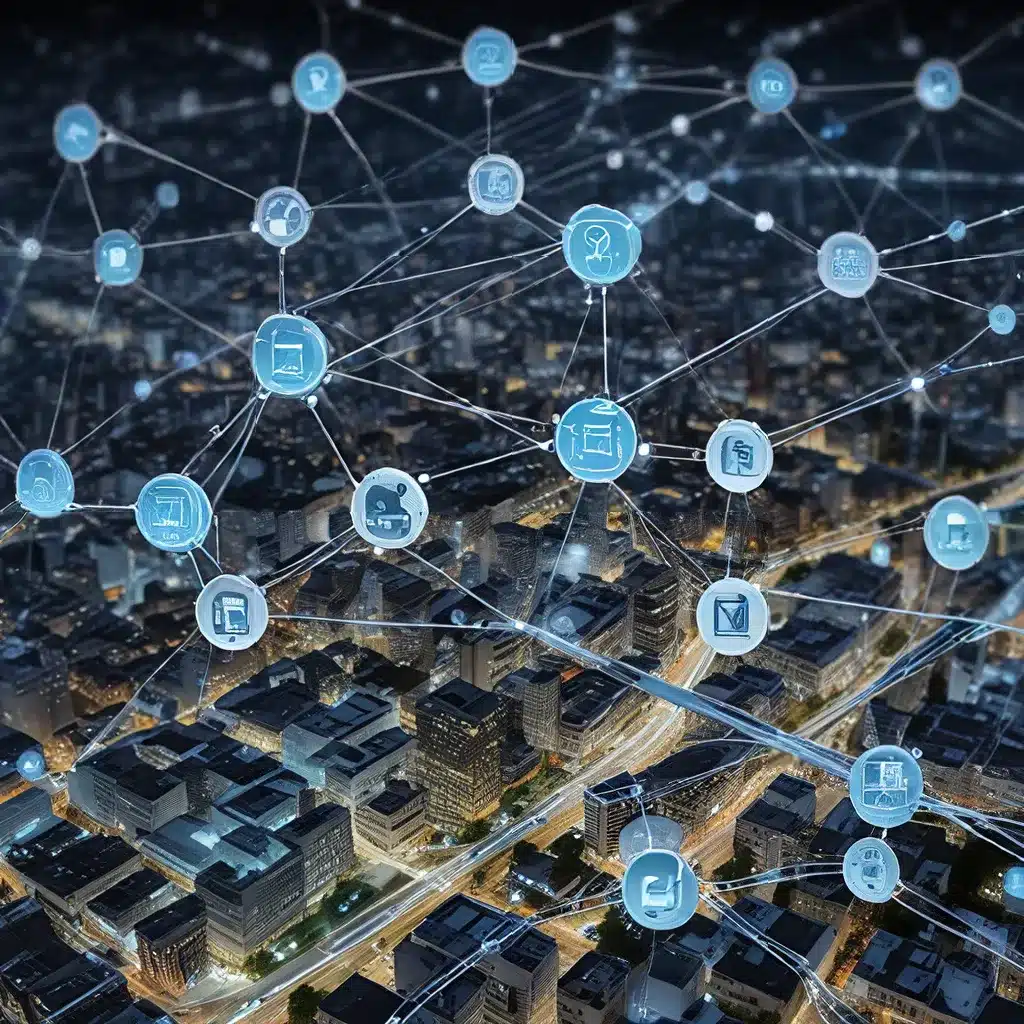
The Evolving Landscape of Sensor Networks and IoT
The realm of sensor networks and Internet of Things (IoT) technologies has witnessed a remarkable transformation in recent years. As the world becomes increasingly interconnected, the demand for intelligent, adaptive, and energy-efficient sensing solutions has never been more pronounced. Sensor networks, which are the backbone of IoT applications, have evolved from simple data-gathering systems to sophisticated, self-organizing networks capable of dynamic reconfiguration and autonomous decision-making.
At the heart of this revolution lies the convergence of advanced sensor technologies, wireless communication protocols, and intelligent algorithms. Sensors, once limited to basic measurements, now boast a remarkable array of capabilities, ranging from environmental monitoring and object detection to biometric identification and activity recognition. The integration of these sensors into mesh networks or hierarchical topologies has enabled the creation of IoT ecosystems that can adapt to changing conditions, optimize energy consumption, and deliver enhanced situational awareness.
Cutting-edge research has highlighted the pivotal role of dynamic sensor network reconfiguration in unlocking the full potential of IoT applications. By enabling sensors to autonomously adjust their parameters, data aggregation strategies, and communication pathways, these networks can respond to evolving environmental conditions, user requirements, and resource constraints. This adaptive capability is particularly crucial in mission-critical applications, where rapid adaptation can mean the difference between success and failure.
Enhancing IoT Applications through Dynamic Sensor Networks
The implementation of dynamic sensor networks has the potential to transform a wide range of IoT applications, delivering unprecedented levels of intelligence, efficiency, and resilience. In the realm of environmental monitoring, for instance, sensor networks can dynamically adjust their sampling rates, sensor modalities, and data aggregation strategies to provide high-resolution data during critical events, while optimizing energy consumption during periods of relative stability.
Similarly, in industrial automation and smart manufacturing, dynamic sensor networks can reconfigure themselves to maintain optimal equipment performance, detect anomalies, and enable predictive maintenance. By constantly adapting to changing production demands, equipment conditions, and resource constraints, these networks can enhance operational efficiency, reduce downtime, and minimize energy consumption.
In the domain of public safety and security, dynamic sensor networks can deploy additional sensors, adjust their sensing patterns, and reroute communication pathways in response to emerging threats or critical incidents. This adaptive capability enables rapid situational awareness, enhanced decision-making, and coordinated emergency response, ultimately safeguarding communities and protecting critical infrastructure.
Addressing the Challenges of Sensor Network Design and Integration
As the adoption of dynamic sensor networks in IoT applications continues to grow, several key challenges must be addressed to ensure their successful deployment and long-term sustainability. One of the primary concerns is network security, as the interconnected nature of IoT systems makes them vulnerable to cyber threats, such as data breaches, unauthorized access, and malicious attacks.
Robust security protocols and cryptographic techniques are essential to protect sensor data, network communication, and system control. Additionally, secure firmware updates and device authentication mechanisms must be implemented to safeguard the integrity of the entire IoT ecosystem.
Another critical challenge is energy management, as sensor networks often operate in remote or resource-constrained environments. Innovations in energy-harvesting technologies, power-efficient hardware design, and intelligent power management algorithms are crucial to extend the operational life of sensor nodes and minimize the need for frequent battery replacements.
Seamless integration and interoperability between diverse sensor technologies, communication protocols, and IoT platforms also pose significant hurdles. Standardization efforts, open-source frameworks, and modular architectures are essential to enable the seamless integration of sensor networks with existing IoT infrastructure and facilitate the development of cross-domain applications.
Unlocking the Future of Sensor Networks and IoT
As the world continues to embrace the transformative power of sensor networks and IoT technologies, the future holds immense promise. Advancements in artificial intelligence (AI) and machine learning (ML) will play a pivotal role in enhancing the adaptive and intelligent capabilities of sensor networks, enabling them to make autonomous decisions, optimize performance, and anticipate emerging trends or events.
The journey towards intelligent and adaptive sensing is a testament to the remarkable progress and potential of sensor network and IoT technologies. By addressing the challenges of security, energy management, and integration, and leveraging the power of AI and edge computing, we can unlock the full potential of dynamic sensor networks and pave the way for a more connected, efficient, and sustainable future.